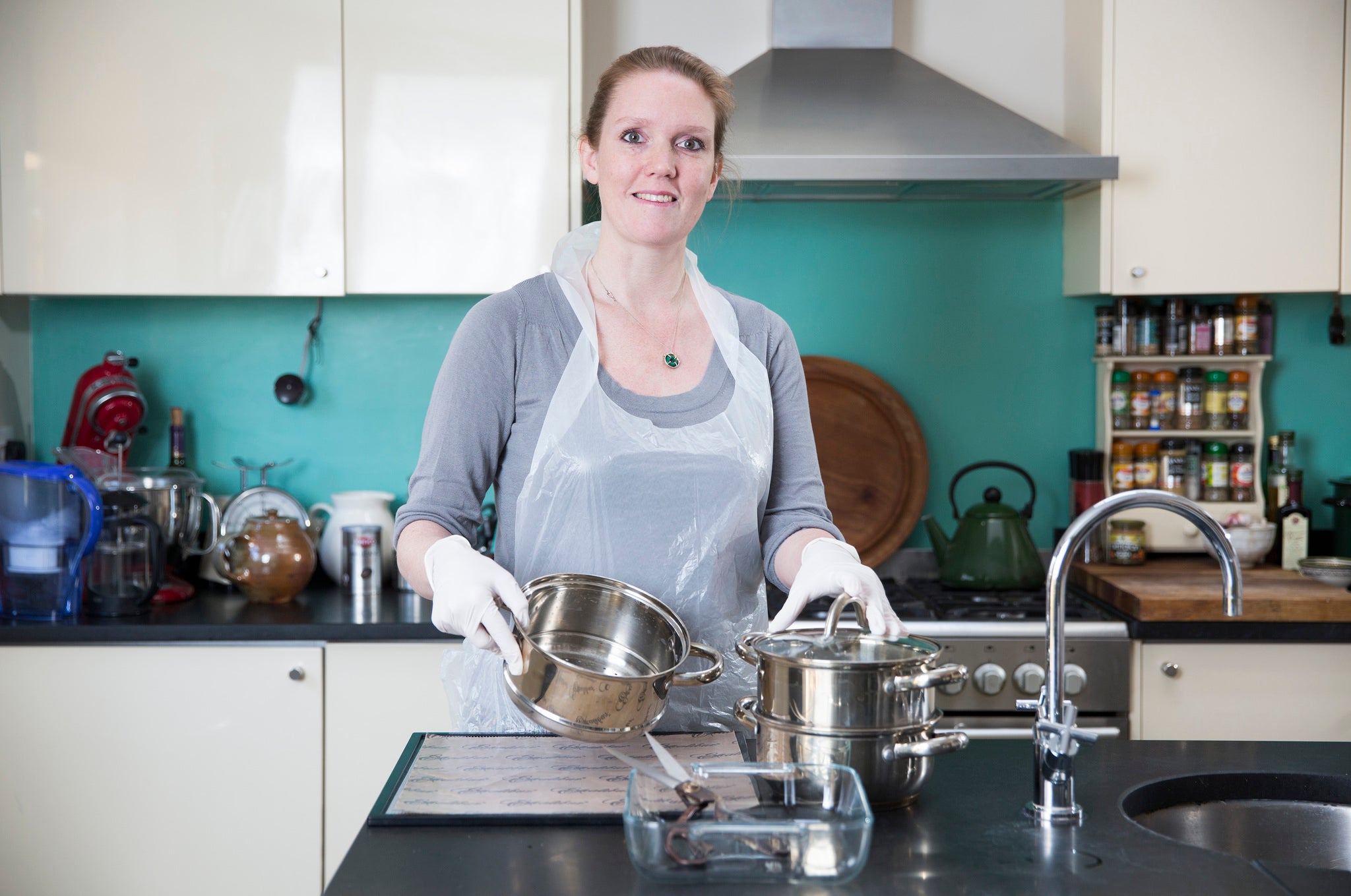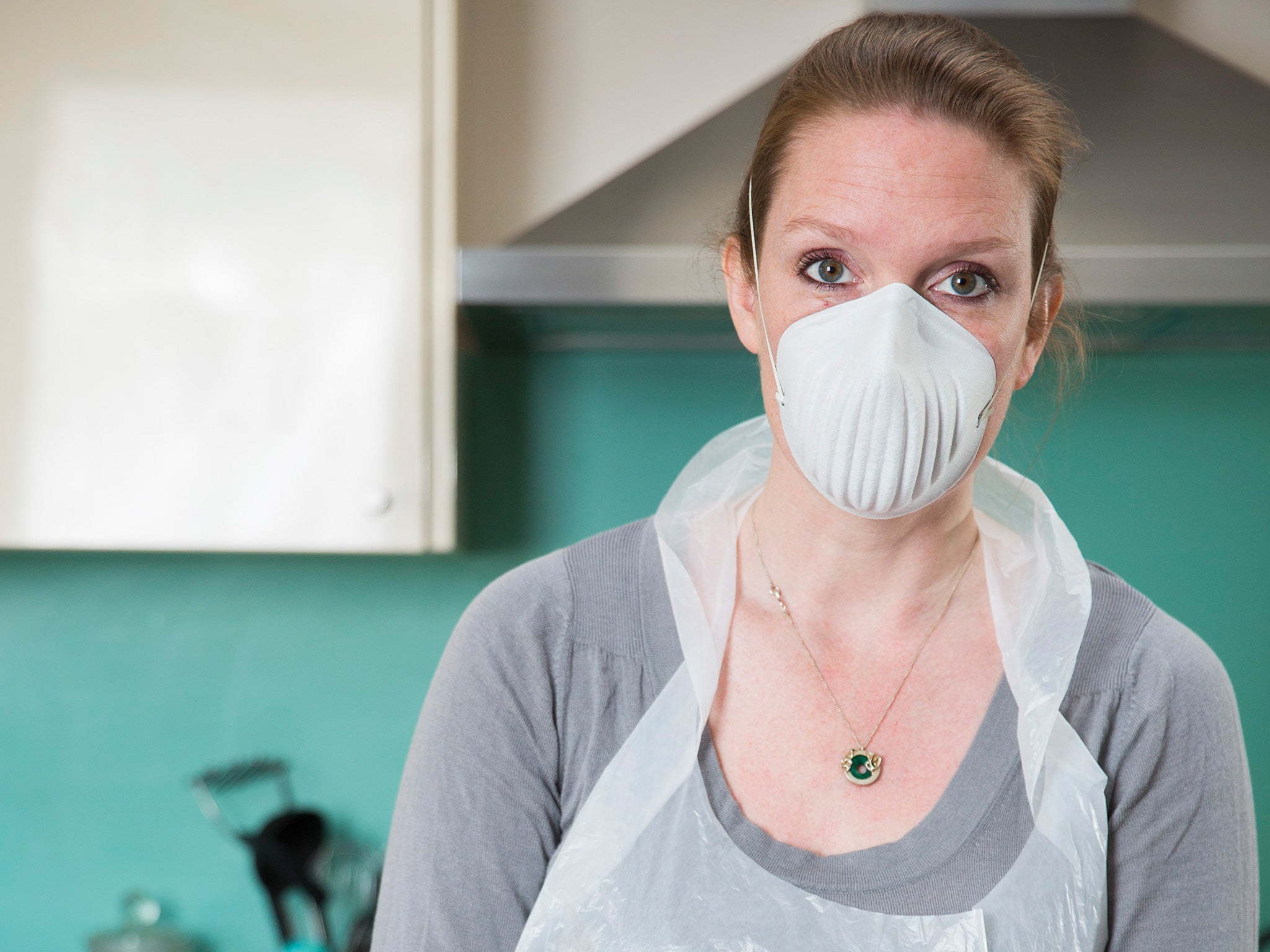Smoothie court case leaves nasty taste in the mouth for placenta fans
Swindon Borough Council argue 'the processes involved in the production of placenta for human consumption present a number of potentially serious health risks'

In one photo we see crispy, black, dehydrated placenta slices, ready to be ground into powder, made into capsules and swallowed by the happy new mum.
Then there’s the smoothie. It’s a pretty pink concoction: banana, blueberries, strawberries, apple juice, three tablespoons of raw afterbirth. Mum’s to drink for just £20 – and don’t forget your heart-shaped, dehydrated umbilical cord keepsake.
“There are plenty of options available to you when deciding what to do with this amazing organ,” wrote Kathryn Beale, the fully trained, certified “placenta encapsulation specialist” who made this Facebook album of the dishes she prepared for clients. “We are becoming only too aware of the healing properties of our own placentas.”
Now, however, such awareness seems under threat. Ms Beale has fallen silent. For the time being, there will be no new photos, because on Wednesday the mother-of-two was taken to court by Swindon Borough Council, which applied for an emergency order to stop her preparing placenta meals, arguing: “The processes involved in the production of placenta for human consumption present a number of potentially serious health risks.”

Magistrates rejected the council’s application, saying emergency action was unnecessary. But with Ms Beale agreeing to stop production, at least until after an inspection by Swindon environmental health officials next week, she was unwilling to talk publicly.
Indeed, fear seemed to have gripped the UK placentophagy (placenta eating) community today.
Would a bored environmental health officer in their area decide to make his day more interesting by taking them to court? Would they become the next placenta smoothie martyr?
“Everybody’s a bit panicky about being in the paper,” The Independent was told when requesting interviews.
So, it was that with some trepidation Rachel Webb, 38, invited us into her kitchen in south-west London, and showed us how to prepare a placenta. “I could go undercover, but what I am doing is giving women the option of something beneficial.”
In two years, she has helped 60 women consume their own placentas. “I have never had complaints, only the most amazing feedback.”
The placenta preparations, she insisted, had “that extra something – much better than fruit smoothies or beetroot juice”. “It completes the cycle of birth, [but] it is a tradition that has been lost.”
She stressed the safety measures she takes – the gloves, the builder’s face mask, the sterilisation – and the need for the placenta to be put on ice in a firmly sealed container as soon as possible after the birth.
Ms Webb got her training – like Ms Beale – from Lynnea Shrief, the pioneer who really got things going by founding the Independent Placenta Encapsulation Network (Ipen) in October 2010.
She estimates that she has helped some 4,000 UK mothers consume their afterbirth. “Some might say we are absolutely off-the-wall bonkers,” she said, “But we have faith in what we are doing.”
As for her own placenta, Ms Shrief, 31, ate it with bananas and strawberries, in a smoothie. In fact, she is the proud inventor of the placenta smoothie, dreaming up the idea when she gave birth to her second child, Roman, six. The results, she said, were amazing. “I never felt like I had given birth. There was no tiredness. I gave birth in the morning and cooked dinner that night.”
But Roger Marwood, a senior member of the Royal College of Obstetricians and Gynaecologists, is sceptical. “I am not aware of any peer-reviewed research that has provided any evidence of significant health benefits.”
The only problem are those environmental health officers, and their “over-zealous, over-cautious” anxieties about how hygienically the placentas were prepared. They had taken her to court, too, last May.
She had a microbiologist’s report prepared to add detail to her claim that no mother has suffered even so much as a tummy ache from eating her properly prepared placenta.
Sitting at Watford Magistrates’ Court, District Judge Annabel Pilling still sided with Dacorum Borough Council. Ipen was relying on the mother or birth partner’s word that the placenta had been properly cooled after birth. Without a more rigorous procedure, the judge ruled, there was a potential contamination risk.
Ms Shrief remains outraged. After the judge’s ruling, the number of UK placenta encapsulation specialists on her books fell from 140 to about 70. But there is a determination to fight on.
Back in south-west London, Ms Webb smiled when I said my wife was expecting. “Would she like me to send her some information?”
Dining womb: Placenta recipes
Capsules: Cut placenta into thin slices, dehydrate until crispy, grind into a powder and put into capsules. Can be taken over a period of weeks.
Chinese style: This traditional Chinese practice is thought to enhance the placenta’s healing properties. Steam your placenta with lemon, ginger and chili, then follow the capsule method above.
Placenta smoothie: said to be the most nutritious way to enjoy placenta. Take 2-3 tablespoons of raw placenta chunks, add fruit of your choice and blend with water. Because the placenta is consumed raw, all the goodness is kept in.
Join our commenting forum
Join thought-provoking conversations, follow other Independent readers and see their replies
Comments